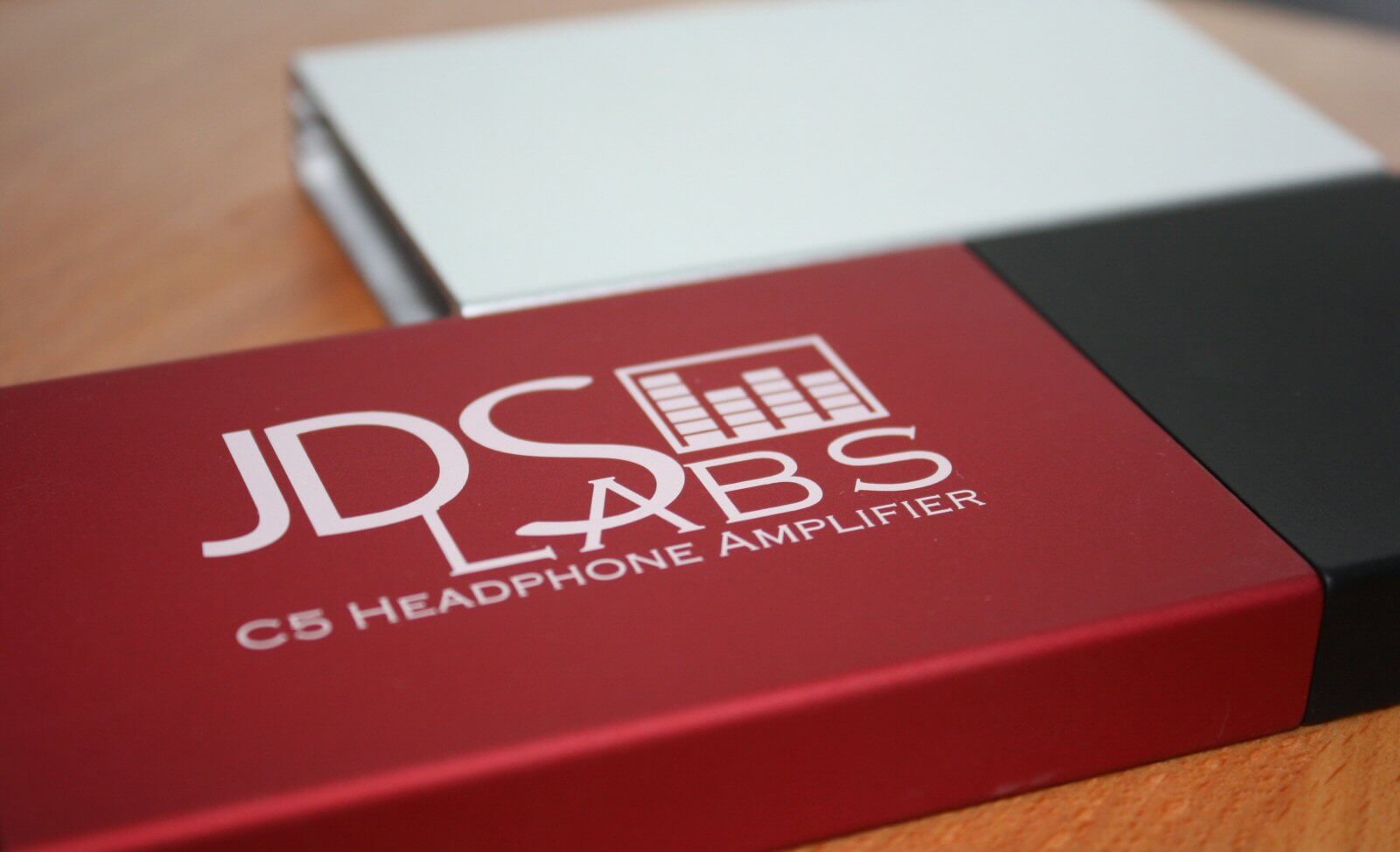中文
ENGLISH
中文
ENGLISH
There are a thousand reasons why you might want to add text to a part. For an item of self-assembly furniture, text may be needed to explain how one part slots into another. For an electronic part, text can provide crucial safety instructions that are required by law. Other components simply display a company’s name and logo for branding purposes.
And while there are many reasons for adding text, there are also many ways to go about adding it. Depending on the manufacturing process and material being used, text and lettering can be engraved, embossed, silkscreen printed, rubbed on… the possibilities are manifold.
But putting words on a part isn’t always as easy as it seems. Each method for adding text has its own particular benefits but also its own particular rules to follow in order to ensure it works properly.
3ERP has, for several years, been adding text to all kinds of parts using all kinds of methods. So we’re going to lay out a few guidelines for incorporating words, letters and numbers into your parts and prototypes.

CNC Machining
It is possible to add lettering to a machined part — metal or plastic — using a CNC mill. There are, however, certain rules to follow when doing so.
When adding text to a design for precision CNC vowin.cn/en/News/news1251.html' target='_blank'>machining, the first thing to consider is whether the text should be engraved (cut into the surface of the part) or embossed (sticking out from the surface).
While embossed text can sometimes be easier to read, it is usually preferable to use engraved text, because it requires less material to be removed from the workpiece and thus saves time and money.
CNC cutting tools can only go so fine, so choosing an appropriate font and text size is critical. Fonts should be Sans-Serif (without embellished tips that are hard to cut) and in a size of at least 20 points. Slightly smaller text may be possible with soft metals.
CNC text tips:
Injection Molding
When creating plastic parts with injection molding, the rules for adding text are slightly different.
Because an injection molded part is essentially the inverse of its machined metal tooling, the rules on engraving/embossing are reversed. With molded parts, embossed text is preferable because it is easier to engrave the metal mold with the CNC mill. (For the reasons explained in the CNC Machining section.)
Unfortunately, raised text on a molded plastic part brings its own risks. Because the text is above the surface of the part, it can more easily be rubbed off through abrasion. For this reason, it can be helpful to add a simple border around the text, protecting the lettering within.
Molding text tips:
Post-Processing
Embossed and engraved text has significant benefits. For one, it can be added during the manufacturing stage (with a CNC mill, for example) and does not require its own separate process. Secondly, it ensures some degree of permanence: lettering that is physically raised or lowered generally lasts longer than lettering made using ink. Such text can also prevent unlicensed copying of a part, since printed text can be easily rubbed off or painted over, while embossed and engraved text cannot.
In many cases, however, adding text using manufacturing machinery isn’t possible. The text might need to be much smaller, or it may require a Serif font to match the company’s branding. Alternatively, the part itself may be too awkwardly shaped for engraving or embossing
In such cases, there are other options. Rather than add text during the manufacturing process, we can add it after the product has been made. There are several different ways to do this, all of which offer particular benefits.
At 3ERP, we offer the following surface finishing options for adding text, as well as symbols and logos:
Although adding text as a surface finishing process adds an extra stage to fabrication, it can be more cost-effective in certain cases.
Any questions:crystal@vowin.cn


